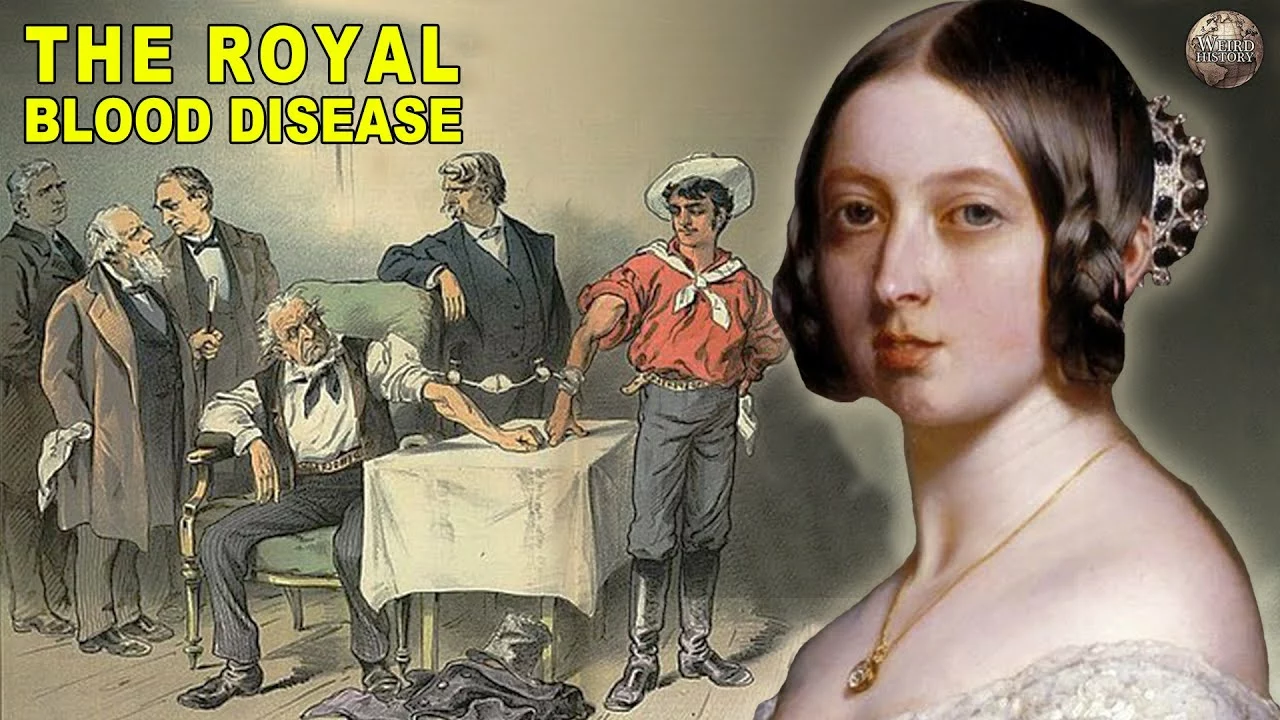Hemophilia – What It Is and How to Manage It
Hemophilia is a genetic bleeding disorder that makes blood clotting hard. If you or someone you know has hemophilia, small cuts can turn into big problems. Knowing the basics helps you stay safe and plan ahead.
Key Signs You Should Watch For
The most common sign is bruising easily, especially on joints like knees and elbows. Bleeding after a minor bump or dental work is another clue. Kids might complain about joint pain that seems to come out of nowhere – it could be internal bleeding.
Other warning signs include prolonged nosebleeds, blood in urine or stool, and long‑lasting bleeding from cuts. If you notice any of these, talk to a doctor right away. Early detection means better treatment outcomes.
Treatment Options That Actually Work
The mainstay of therapy is replacement clotting factor infusions. These are either on‑demand (when bleeding starts) or regular prophylactic shots to prevent bleeds. Modern products let you give yourself the dose at home, so hospital trips drop.
Some people qualify for newer medicines that boost their own clotting factors. Gene therapy is still experimental but shows promise in cutting down infusion frequency. Always discuss risks and benefits with a hematologist who knows hemophilia well.
Beyond medication, physical therapy keeps joints strong and flexible. Gentle exercises like swimming or cycling are safe choices, but avoid contact sports that could cause head injuries. Your therapist can tailor a plan that fits your level of activity.
Everyday Tips for Living Well
Keep a bleeding‑disorder emergency card in your wallet – it tells first responders what you need quickly. Store clotting factor concentrates in a cool, dry place and check expiration dates regularly.
When you travel, pack extra supplies in both checked luggage and carry‑on bags. Know the local medical facilities at your destination; some countries have specialized hemophilia centers.
Good oral hygiene reduces gum bleeding. Use a soft toothbrush and floss carefully. If you need dental work, ask the dentist to coordinate with your hematology team for factor coverage.
Support Networks and Resources
Joining a hemophilia community gives you emotional backup and practical advice. Online forums, local support groups, and national foundations often host webinars on new treatments.
Many insurance plans cover clotting factor products, but paperwork can be tricky. A patient navigator or social worker can help sort approvals and reimbursements.
Remember, hemophilia is a lifelong condition, but with the right care you can lead an active, fulfilling life. Stay informed, keep your treatment plan updated, and don’t hesitate to reach out for help when you need it.
The History of Hemophilia: From Royal Disease to Modern Management
In my latest research, I delved into the fascinating history of hemophilia, a blood clotting disorder once dubbed the "royal disease." It earned this nickname due to its prevalence among European royalty in the 19th and early 20th centuries, most notably affecting Queen Victoria's descendants. Over time, our understanding of hemophilia has significantly improved, leading to better diagnosis and treatment methods. Nowadays, people with hemophilia can lead relatively normal lives thanks to advancements in medical management. It's truly amazing to see how far we've come from the days of this once-devastating disorder.
© 2025. All rights reserved.

